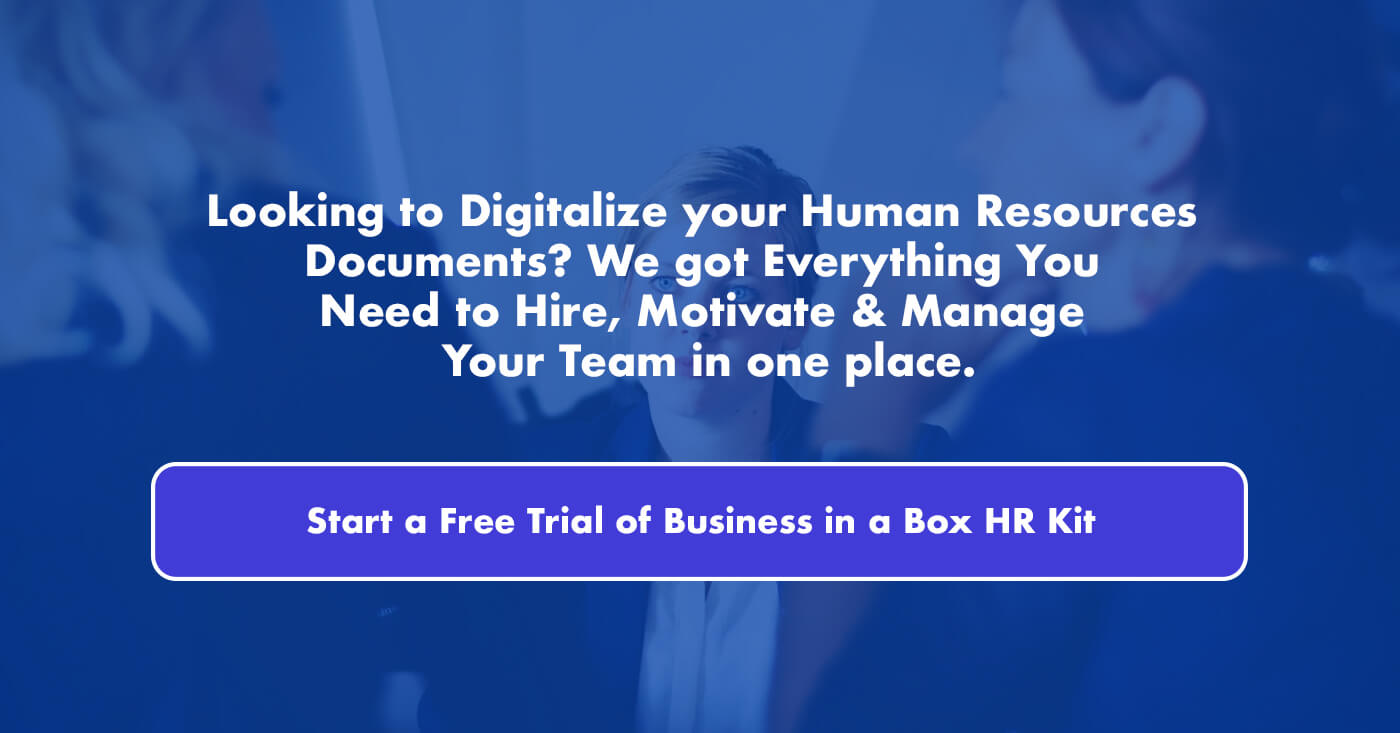A Better Way to Develop and Retain Top Talent
We’re in the middle of a work revolution. Globalization and the rise of artificial intelligence, paired with a new generation of consumers who desire more personal, intuitive brand experiences, are forcing companies to rethink their approach to talent management and acquisition. Workers with capabilities that allow them to keep up with this pace of change — such as adaptability, technological literacy, and people management — are now in steep demand. But today’s employers are struggling to keep them on board.
Promises of cushy perks and pay are often used to compete for top talent. Still, when you consider the cost of employee turnover — $600 billion in 2018 and $680 billion by 2020 — this extravagance seems counterintuitive. A Work Institute report predicted that one in four workers would leave their jobs in 2018. Nearly one-third of that turnover was attributed to unsupportive management and a lack of development opportunities.
The most obvious solution to upping employee retention, then, is creating more effective training and development programs. However, I hear from business leaders every day who struggle to achieve their goals despite having elaborate programs in place. The main issue here is that many of these programs aren’t designed with the user, or the employee, in mind.
A large swath of my career has been focused on user-centered design principles — placing the user top of mind to ensure success and understanding. The same mindset applies to effective employee development.
While training is often necessary when teaching people new skills, it’s only the first step toward a more distant end. In my experience, the most impactful development happens not through formal programs, but through smaller moments that occur within the workplace: on-the-job learning opportunities that are wholeheartedly catered to the worker’s unique needs and challenges.
It might seem impossible to offer every employee this kind of personalized training, but any company can do so at scale when managers create a learning environment. Here’s how:
1) Start by asking more questions to gain insights into employees. Empathy and understanding are fundamental principles of user-centered design. Just like a business must understand what its customers need to produce the most useful products, managers must understand what their employees need to give them ideal learning opportunities. Asking questions is the best way to do this.
Start by scheduling regular one-on-one meetings with each team member. In addition to using this time to check in on their current projects, ask them what skills they’re most comfortable with and which they would like to develop. Inquire about areas that feel especially challenging.
Here are a few examples you can use to kick-start that process:
• What parts of your job are most interesting and rewarding?
• What areas are you finding most challenging right now?
• What are you doing to reach short- and long-term career goals?
• Are there any other projects, committees, or additional responsibilities you would like to be a part of?
• Is there anything else you’re curious about that you haven’t been able to explore yet?
In these meetings, practice active listening and try to come from a place of genuine curiosity rather than judgment. This means leaving your laptop closed and taking notes the old-fashioned way. It’s also helpful to repeat what employees say during meetings in your own words to ensure you are fully understanding their insights.
2) Create more on-the-job opportunities. Once you’ve identified the skills your team members want to learn, look for opportunities to help people develop them. Classroom-style training is a stellar foundation, but it can lose its effectiveness if it isn’t applied readily. “Learning moments” are an easier, quicker way to move the needle. These moments can be significant or small, but engaging employees in this way is key to helping them step outside their comfort zones, practice, and build confidence.
For example, imagine one of your employees is uncomfortable having tough yet necessary conversations. In a one-on-one meeting, he might express frustration about a peer with who he is struggling to collaborate with. You could take this opportunity to create a “learning moment.” This might look like role-playing a tricky conversation or writing down a step-by-step plan of action. In this way, you are helping your team member practice and improve his communication skills in a safe setting (as opposed to simply sharing theoretical advice). The next time he comes across a similar situation, he will have tools to help him overcome it.
Treating every challenge your employees faces as an opportunity for practice and growth — whether it is something personal, like improving communication skills, or practical, like learning new technology — is critical to establishing an environment in which people believe they are valued enough as individuals to be given the time and space to flourish. It also gives managers the chance to help their employees effectively upskill and reskill on a case-by-case basis as new obstacles arise outside of formal training and in everyday work experiences.
3) Vary learning experiences. Part of keeping the “user” top of mind is considering which experience will best cater to their personal needs. Factors such as the employee’s tenure, experience level, and adaptability are all variables that could impact that decision. Smaller opportunities— say, participation in projects where the employee can rely on more experienced peers for support — are best when a team member is unfamiliar with or newer to a necessary skill. Bigger opportunities that require employees to take risks and stretch beyond their comfort zones are more suited to individuals who have prior experience carrying out a certain task; in these moments, they can put their skills to the test more independently and play a larger role.
Pretend, for example, you have two employees who express interest in public speaking and presentations. They both recognize it’s a valuable skill to develop as they work toward becoming leaders. From previous meetings, you know one of them is less experienced than the other, and is, therefore, more nervous about speaking in public. This employee might benefit more from a small group setting, like a lunch and learn during which he gives a short presentation. Because the other employee has had more practice in this area, a lunch and learn would not be as valuable for her. Instead, you might have her fly solo and present on a topic at the next company-wide meeting or at a conference in front of a larger audience.
It’s important to save the most significant opportunities for those who are ready. These have higher stakes — for the employee, the project, and the company at large.
The level of control employees have over their growth should also vary. You might encourage a more experienced employee to design or seek out their own opportunities for growth, but a less experienced employee often requires more structure around key learning areas. Either way, it’s crucial to allow employees a level of autonomy. When left alone, people will naturally find innovative ways to accomplish new things. Experimenting with autonomy also allows mistakes to be made — just as much as it allows successes to be had. This will help you identify skill gaps and brainstorm ways people can fill them.
Remember, safety is necessary when confidence is low, but pushing employees to the edge of discomfort results in real development.
4) Provide regular feedback. Feedback is perhaps the most valuable aspect of this process, and it starts with setting clear expectations. As your team continues to carry out on-the-job opportunities, work with employees to set goals to strive toward. Provide regular feedback on what they are doing well and where you see opportunities for improvement.
During this time, be patient. Reflect on the work your employee has done up to this point, making sure to discuss both successes and failures without judgment. If an employee tried something new and it didn’t pan out, recognize the effort. People are more likely to grow from their experiences when they aren’t punished for failure. (In fact, they’re probably kicking themselves already.)
In the same vein, you can ensure employees actively apply what they’ve learned by putting together a plan for improvement — whether that means creating clearer deadlines, helping them better manage their time, or thinking through difficult problems when they arise. Tracking personal metrics is also a helpful way for employees to measure performance and growth on their own time.
5) Manage your time. It’s worth noting that employee development can be overwhelming, especially when you have a larger number of direct reports. Take proactive steps to avoid ending up with an unmanageable workload. Before shaping opportunities, determine how much bandwidth you have. What level of involvement and support are you capable of giving as a manager considering everything else on your plate? Setting realistic expectations for yourself is critical.
Keep in mind that not all coaching has to come from you. In some cases, you may be able to distribute employee-support tasks to informal mentors, other managers, senior leaders, or peers.
When leaders make an effort to implement these user-centered principles in their interactions, experiment with them, and continually refine their coaching based on those findings, they will not only see astounding growth, they will be able to effectively engage and retain top talent. Any company can begin by making a few changes to their managerial practices. It’s time for leaders to open communication channels and address each employee personally. Help your workers shape their learning and long-term contributions for the better.
→ Click here to download our Hiring Policy Template.
Summary.
Just like a business must understand what its customers need to produce the most impactful products, managers must understand what their team members need to create the most valuable learning opportunities. Think of this approach to employee development as “user-centered” with the “user” or the “employee” being top of mind. To start, set up one-on-one meetings with your direct reports and ask questions that will help you understand what areas they most want to grow in. Then, look for on-the-job learning opportunities to help people develop by considering what experiences will best cater to their personal needs. Smaller opportunities are best when an employee is unfamiliar with a necessary skill. Bigger opportunities that require employees to take risks and stretch beyond their comfort zones are more suited to individuals who have prior experience carrying out a certain task; in these moments, they can put their skills to the test more independently and play a larger role.

























